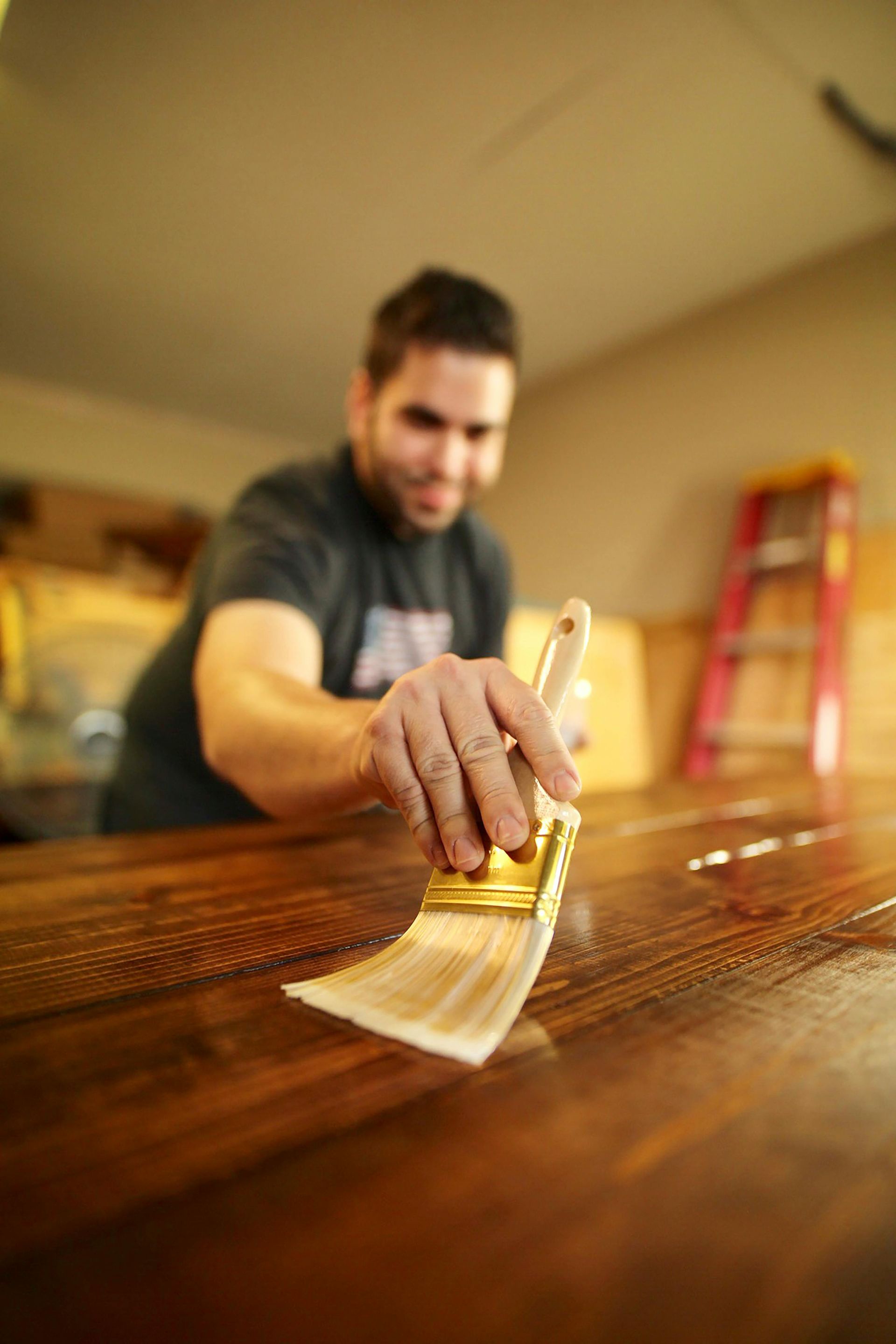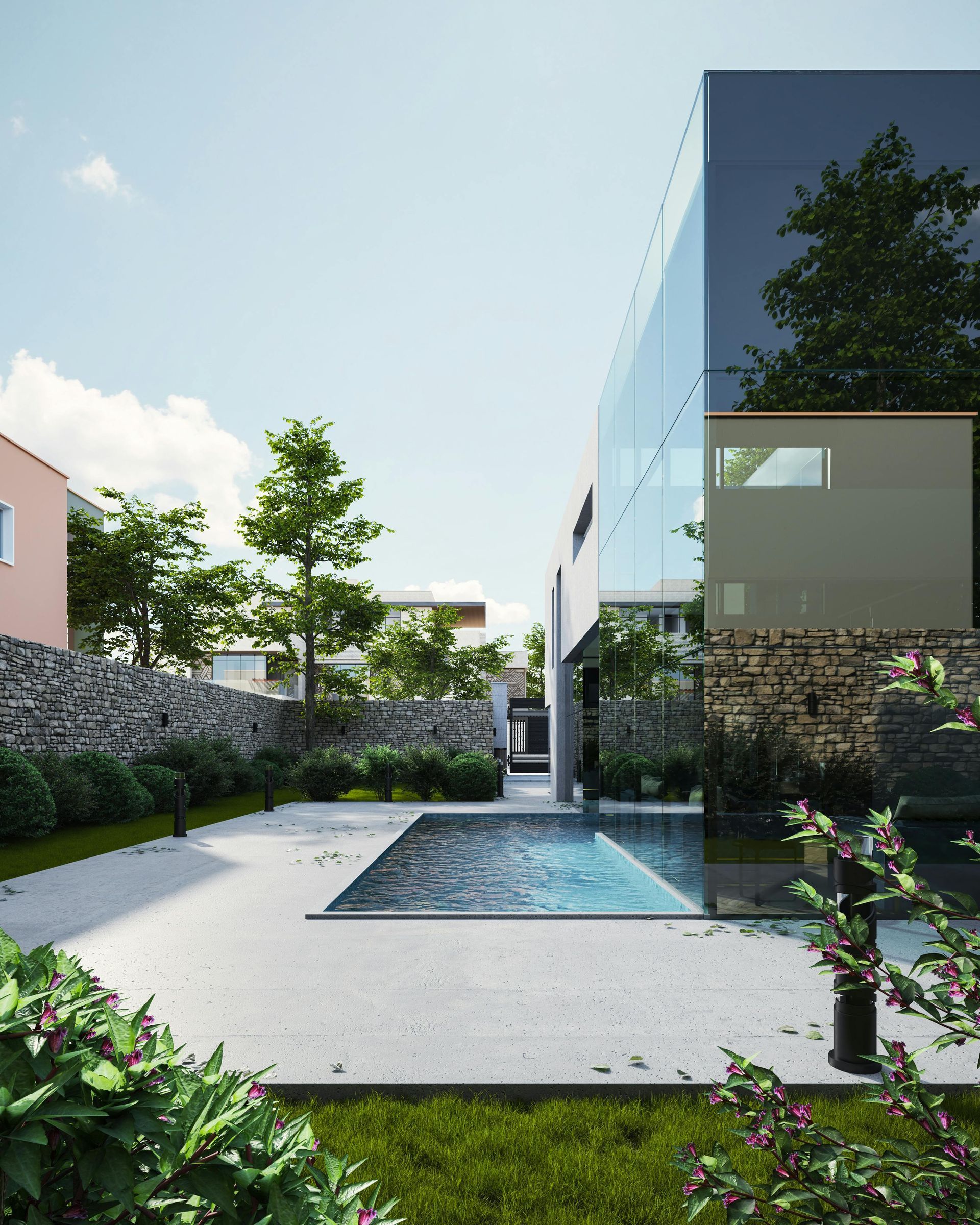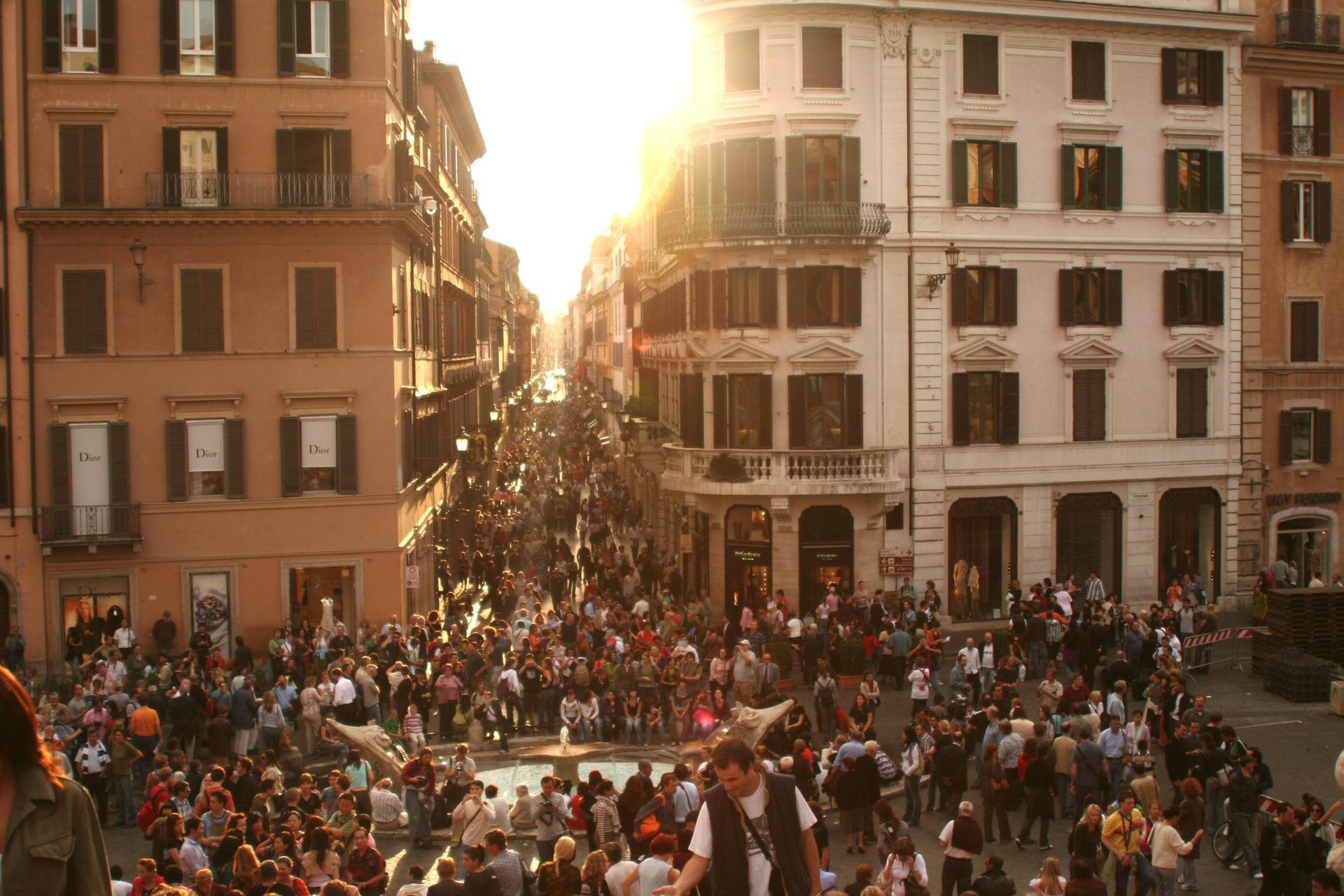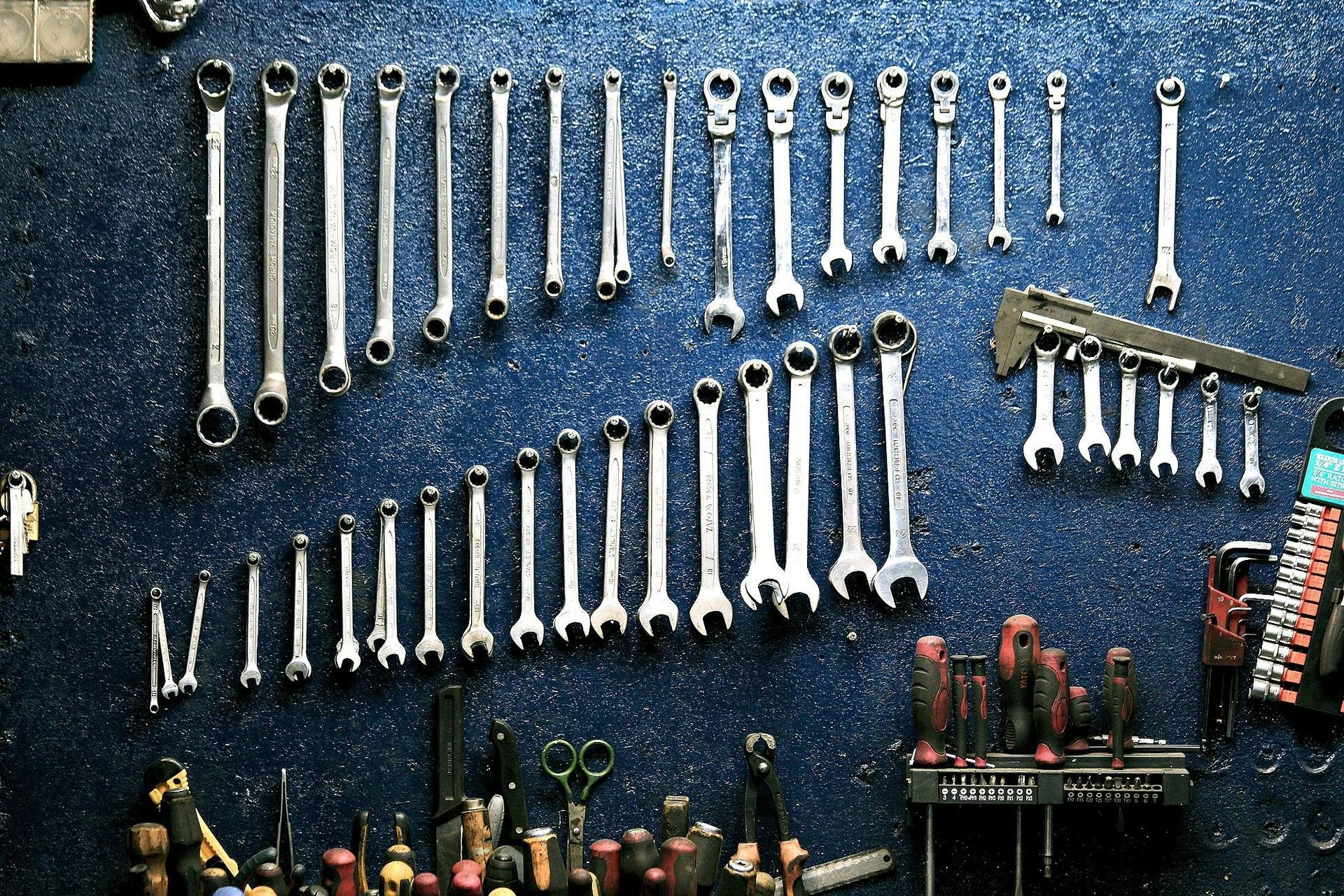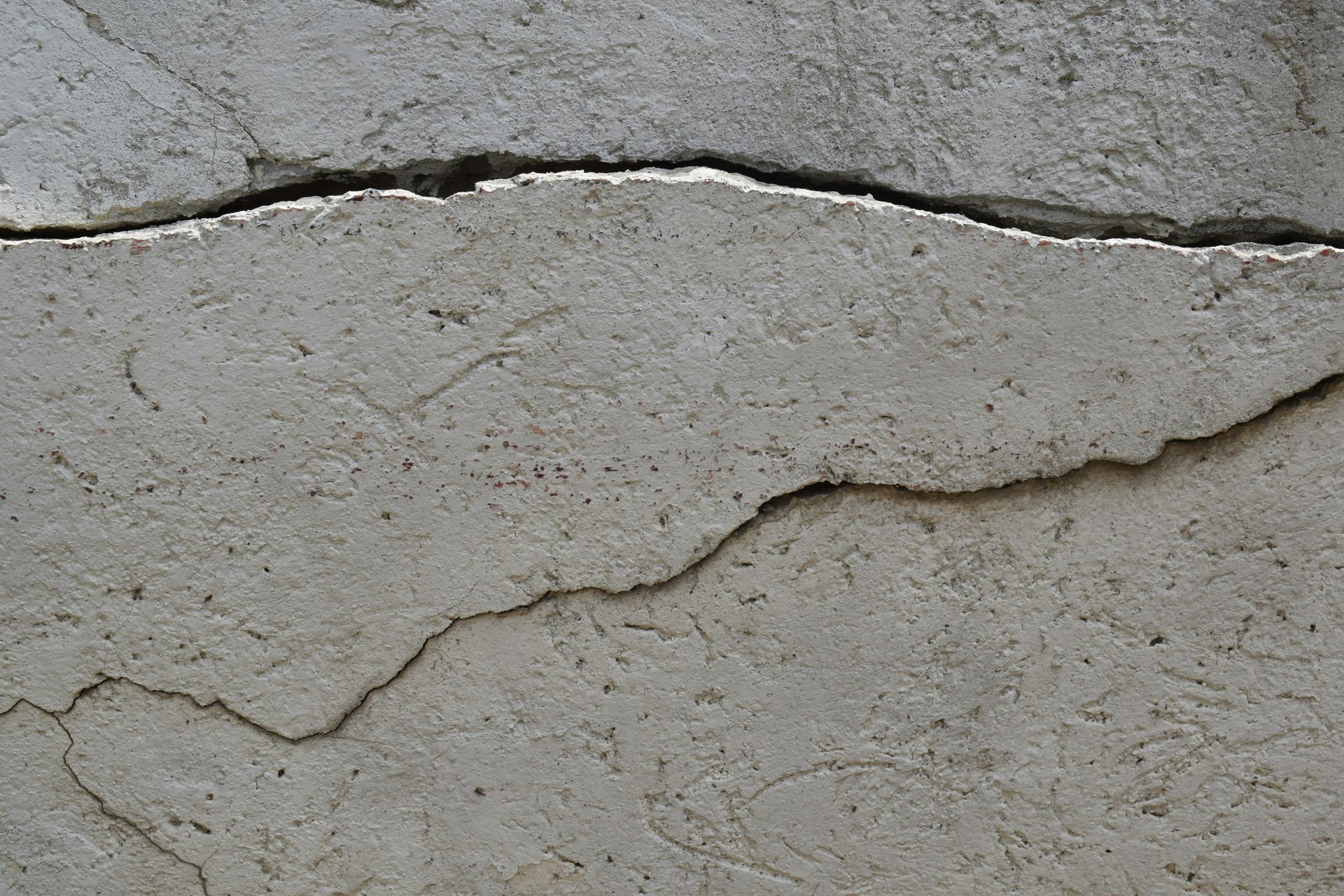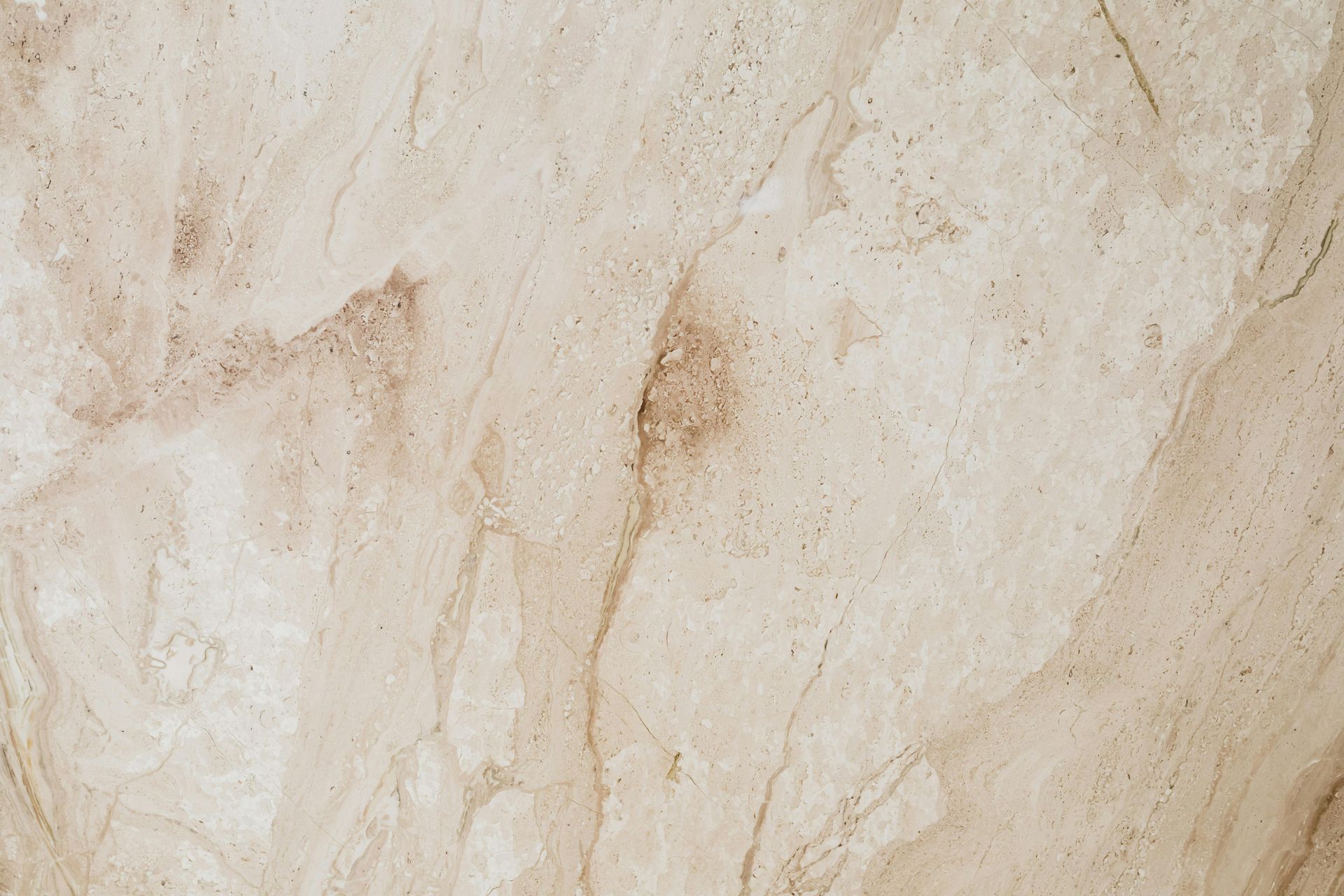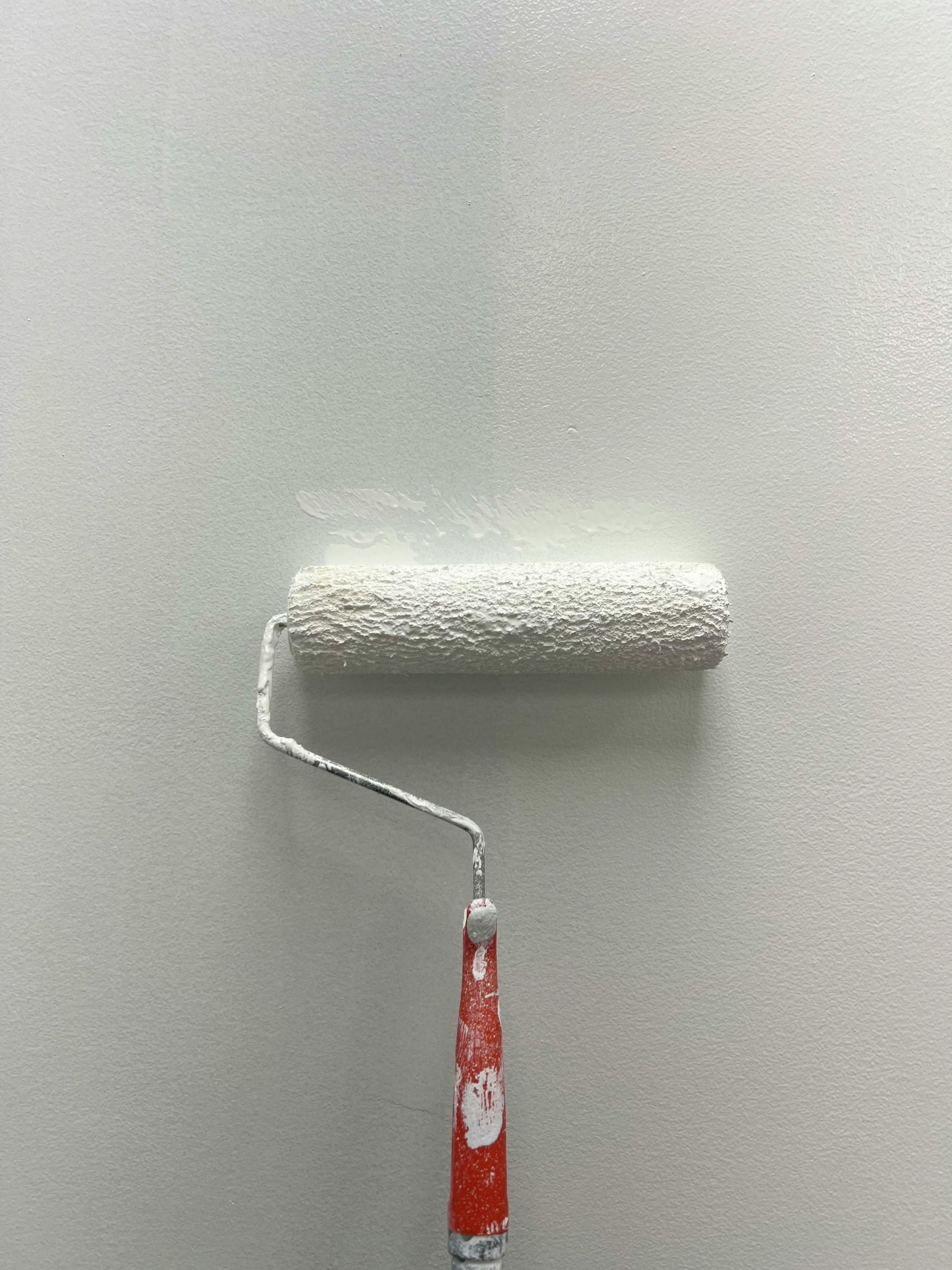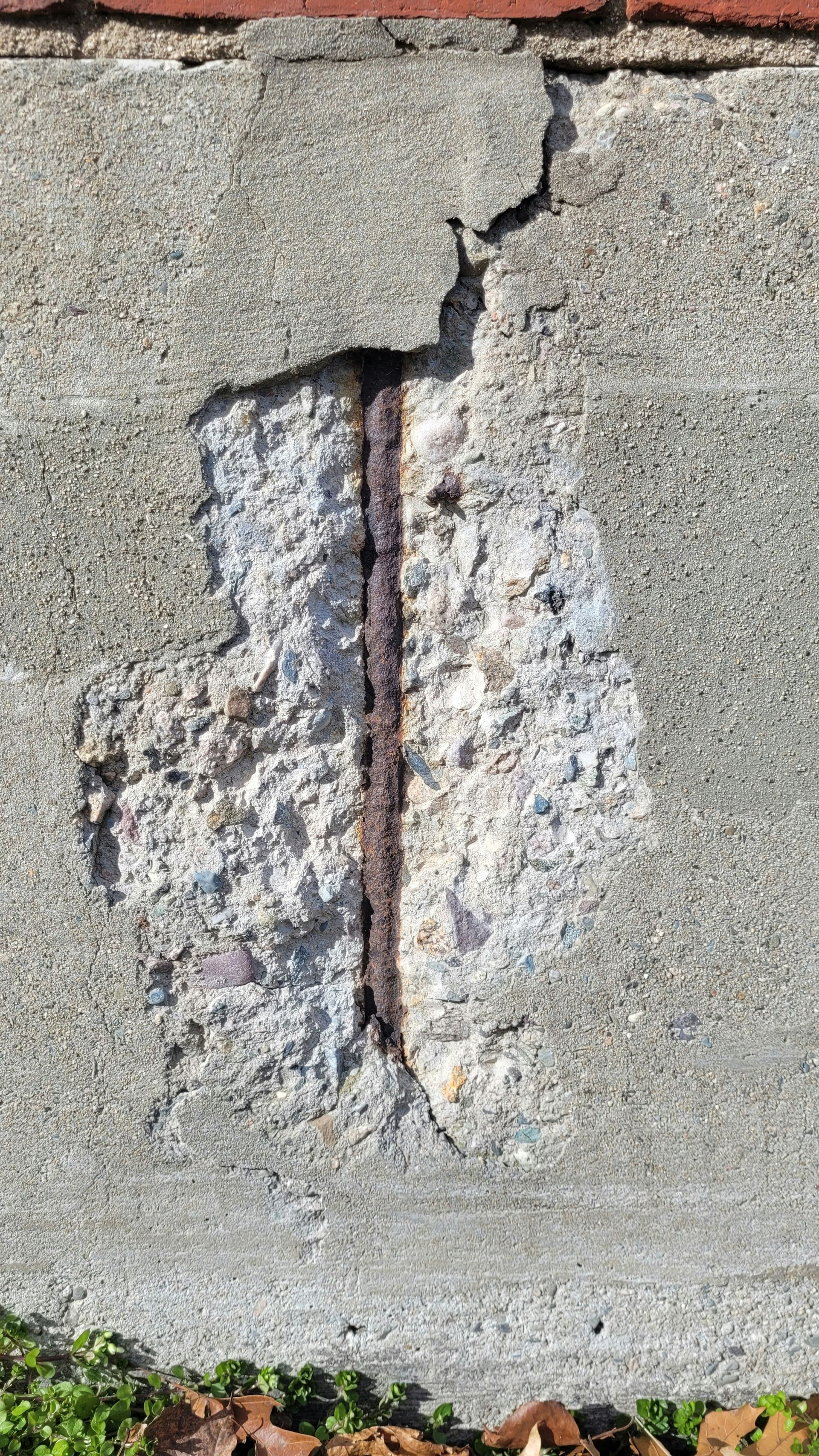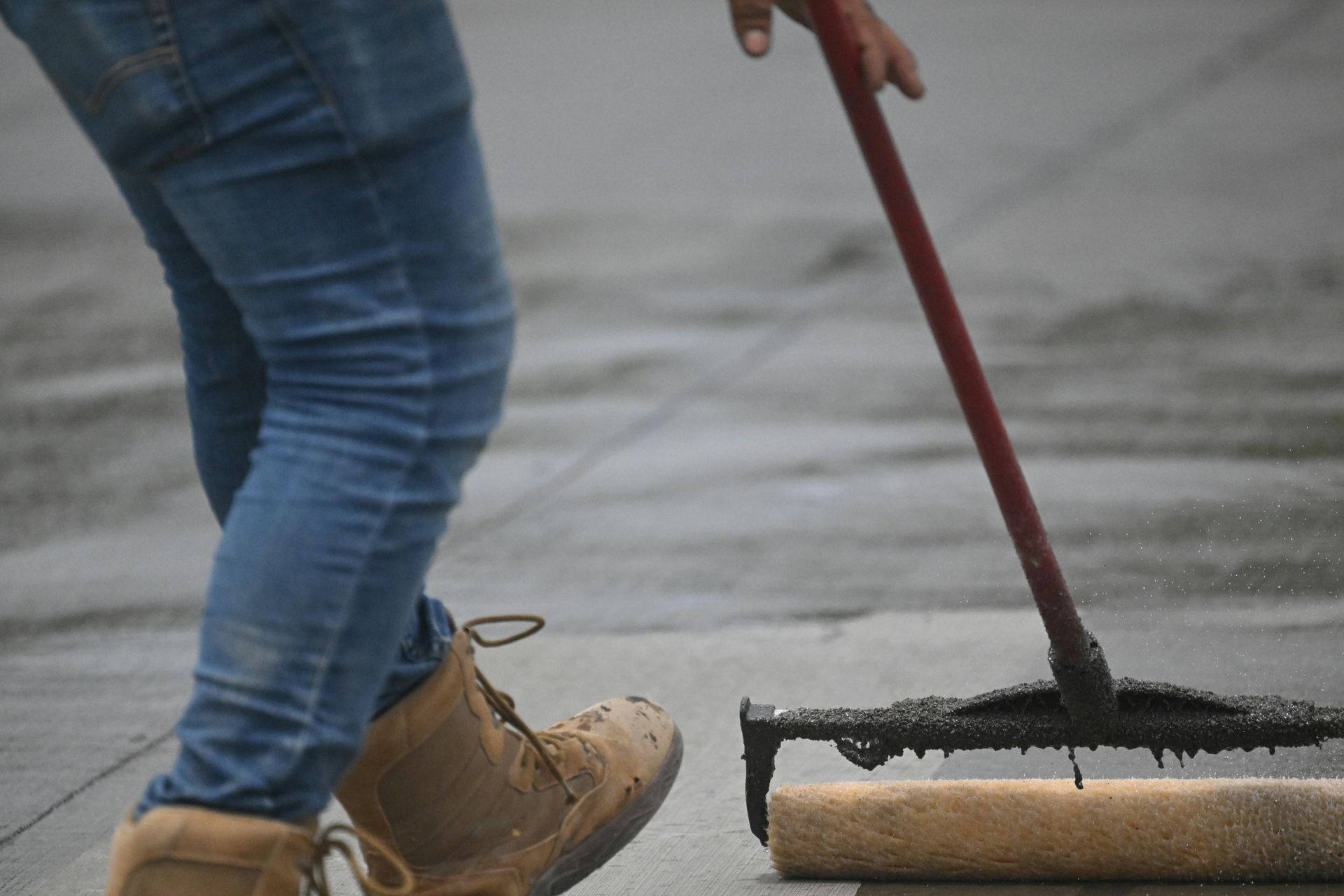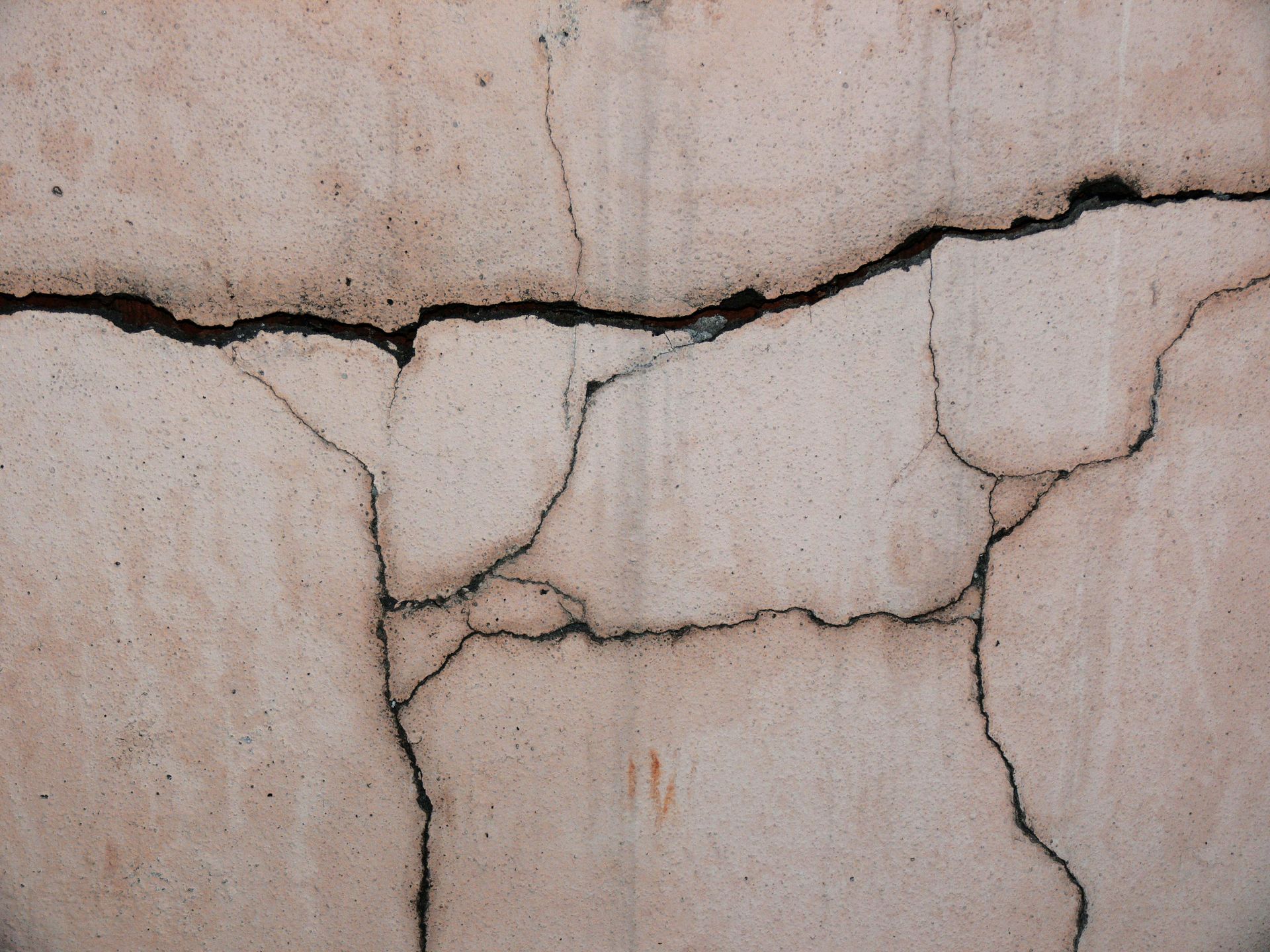Staining vs. Painting Concrete: A Homeowner’s Guide
It’s time to give that plain gray concrete an upgrade. Whether it's a patio, basement floor, or driveway, adding color is one of the most effective ways to enhance your home’s aesthetic and value. This brings you to a critical decision: should you stain it or paint it? While both methods add color, they are fundamentally different. They offer distinct advantages and disadvantages in terms of appearance, durability, and long-term maintenance.
Choosing the wrong finish can lead to a result that quickly peels, fades, or simply doesn't look right, costing you time and money. At Lehi Concrete, we specialize in helping homeowners navigate this choice. Our experts provide clear, honest guidance based on your specific surface, design goals, and lifestyle. This guide breaks down the pros and cons of concrete staining versus painting to help you make a confident decision for your home.
The Core Difference: Penetration vs. a Topical Coating
To understand which option is best for your project, it’s essential to know how each product interacts with the concrete. This single distinction impacts everything from the final look to how the finish holds up over time.
- Concrete Stain works by penetrating the surface of the concrete. Acid-based stains create a chemical reaction with the lime and minerals in the slab, resulting in rich, marbled, translucent tones that become a permanent part of the concrete itself. Water-based stains are non-reactive pigments that soak into the concrete's pores like a dye. In either case, the color is in the concrete, not just sitting on top of it.
- Concrete Paint, usually an epoxy or acrylic latex formula, is a topical coating. It forms a solid, opaque film that sits on top of the concrete, completely covering its natural texture and any underlying imperfections. It creates a new surface layer rather than altering the existing one.
The Case for Concrete Staining
Concrete staining is celebrated for its sophisticated, high-end appearance that enhances the natural character of the material. It's a fantastic choice for patios, interior floors, walkways, and pool decks where a unique and durable aesthetic is the priority.
Pros of Concrete Staining
- Elegant and Unique Appearance: Stain produces a deep, variegated color that can mimic the luxurious look of natural stone or polished marble. Because acid stains react uniquely with every slab, no two stained surfaces are ever identical, giving you a truly custom finish.
- Exceptional Durability: Since the color is integrated into the concrete, it is physically impossible for it to chip, flake, or peel away. This makes staining an incredibly resilient coloring method that stands up beautifully to heavy foot traffic and daily wear.
- Permanent, Fade-Resistant Color: When protected with a quality sealer, the color is highly resistant to fading from UV exposure, making it an ideal long-term solution for outdoor surfaces.
- Low Maintenance: A properly sealed stained surface is remarkably easy to care for. It typically requires only routine sweeping and occasional mopping. The only long-term upkeep is reapplying the protective sealer every few years to keep the color vibrant and protected.
Cons of Concrete Staining
- Imperfections Can Show Through: Because stain is translucent, it will not hide major flaws like large cracks, mismatched patches, or old glue stains. In some cases, it can even accentuate them. The concrete needs to be in relatively good shape for staining to look its best.
- Limited Color Palette (for Acid Stains): Traditional acid stains are generally confined to a range of rich, earthy tones like tans, deep browns, soft blue-greens, and terracotta reds. Water-based stains offer a much wider spectrum, but the finish will still be semi-translucent.
- Requires Intensive Surface Preparation: For the stain to penetrate evenly, the concrete must be immaculately clean, porous, and free of any prior sealers. This critical step often requires professional grinding or etching to prepare the surface correctly.
Best For: Creating a durable, high-end, and natural look on structurally sound concrete. It is ideal for both indoor and outdoor spaces where enhancing the material's inherent character is the main goal.
The Case for Concrete Painting
Painting concrete offers a direct and effective way to apply a bold, uniform color. It’s often considered for garage floors, basements, and porches, especially when hiding flaws is a top priority.
Pros of Concrete Painting
- Uniform, Opaque Coverage: Paint completely covers the concrete surface, providing a solid block of color. This makes it an excellent option for hiding widespread imperfections, old stains, or previous repairs, creating a clean, uniform look.
- Unlimited Color Options: Just like house paint, concrete paint can be tinted to virtually any color imaginable. This gives you complete creative freedom to match your home’s existing décor or make a bold statement.
- Can Provide a Protective Barrier: High-performance epoxy paints create a thick, hard shell that is highly resistant to chemicals, oils, and automotive fluids, making them a popular and practical choice for garage floors and workshops.
- Initial Application Seems Simpler: For a DIYer, rolling on a coat of paint might appear less intimidating than the multi-step staining process. However, achieving a lasting bond still depends on rigorous surface preparation that is often underestimated.
Cons of Concrete Painting
- Prone to Peeling and Chipping: This is the most common issue with painted concrete. As a topical coating, it is vulnerable to damage. Moisture vapor pushing up through the slab can cause the paint to bubble and delaminate, while hot tires can lift the paint right off a garage floor.
- Requires More Frequent Maintenance: Once paint begins to fail, the fix isn't simple. The affected area usually needs to be scraped, sanded, and repainted. In the long run, it is not as permanent or low-maintenance as staining.
- Can Be Slippery When Wet: A thick, glossy coat of paint can become very slick when wet. Anti-slip additives must be mixed into the topcoat to create a safe, textured surface, especially for outdoor or garage applications.
- Looks Like a Coated Surface: Paint hides the concrete’s natural texture, and the final result looks exactly like what it is—a painted floor. It does not offer the same organic, high-end appearance as stain.
Best For: Covering up heavily flawed concrete, achieving a specific solid color, or creating a heavy-duty, chemical-resistant surface in a garage or workshop.
How Lehi Concrete Helps You Choose
At Lehi Concrete, we believe in providing the right solution for your specific project, not a one-size-fits-all answer. Our consultation process is designed to find the perfect finish for your home.
- Thorough Surface Assessment: Our expert will inspect your concrete, analyzing its condition, age, porosity, and any existing damage or coatings. This assessment is the most critical factor in determining which method will succeed. We will be honest and transparent if your surface isn’t a good candidate for one option or the other.
- Understanding Your Vision: We listen to what you want to achieve. Are you aiming for a clean, modern look or a rustic, natural elegance? We will show you physical samples and our portfolio of completed projects to help you visualize the final result of both staining and painting.
- Considering Usage and Location: We’ll discuss how you plan to use the space. A high-traffic interior floor has different needs than an outdoor patio exposed to the elements or a garage floor subjected to hot tires. We will recommend the finish that offers the best durability for your specific application.
- Guaranteeing Professional Execution: Whether you choose the penetrating beauty of stain or the uniform coverage of high-performance paint, our team has the expertise to execute the job flawlessly. From meticulous surface preparation to the final protective seal coat, we ensure a professional result that is built to last.
Make the Right Choice for Your Home
Choosing between staining and painting your concrete is a major decision that will impact your home's look and value for years. While painting can offer a quick and colorful fix, staining provides a more durable, elegant, and permanent solution that enhances your property. By understanding the pros and cons, you can select the finish that best fits your vision, budget, and lifestyle. Don't leave this important decision to guesswork. Let the experts at Lehi Concrete provide the guidance and professional service you need to transform your concrete surfaces with confidence. Ready to explore the possibilities for your concrete? Contact Lehi Concrete today for a free, no-obligation consultation and let us help you find the perfect finish!
Meta Information
Meta Title: Staining vs. Painting Concrete: Which Is Best? | Lehi Concrete
Meta Description: Can't decide between staining or painting your concrete? Lehi Concrete explains the pros and cons of each to help you choose the best finish for your home.
